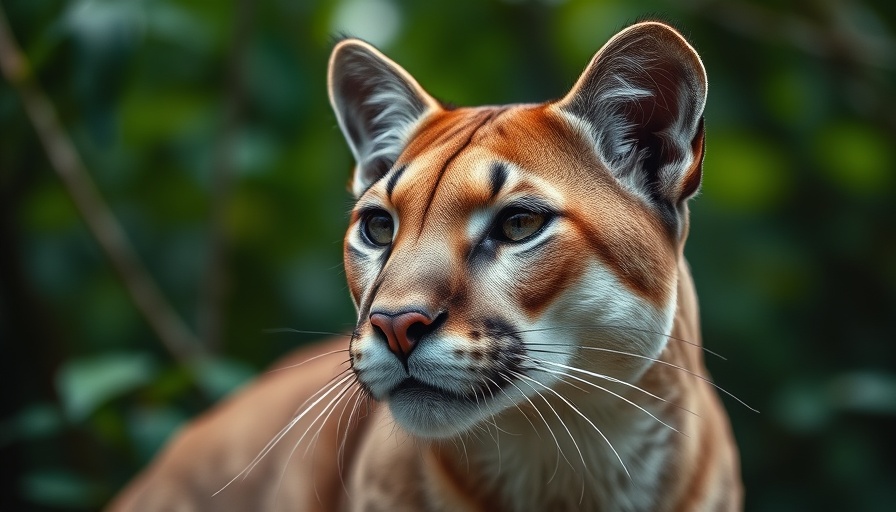
Revolutionizing Amphibian Safety: The Role of Underpasses
The recent study by the University of Vermont brings vital evidence to the forefront about the alarming impact of roadways on amphibians, illustrating how wildlife underpasses can dramatically decrease amphibian mortality by upwards of 80%. As climate change, habitat loss, and disease continue to threaten these species, the installation of underpasses can be seen as a beacon of hope in preserving biodiversity.
Protecting Vital Ecosystems
Amphibians such as frogs and salamanders play crucial roles in their ecosystems, serving as both predator and prey. Their decline signals broader environmental issues, making their preservation critical. The new research underscores this by showing that these specialized tunnels not only offer a safe passage for migrating amphibians but also contribute to maintaining balanced ecosystems.
The Findings: Empirical Data on Effectiveness
Before the underpasses were constructed, a shocking 70% of the monitored amphibian population met an untimely death on the road. The study, which spanned from 2011 to 2022, revealed that, post-construction, the mortality rates significantly decreased, reaching an impressive 94% reduction for climbing amphibians. This compelling statistic stressed the need for further initiatives to protect these vulnerable creatures.
Design Considerations: What Works Best?
The success of these underpasses doesn’t solely rely on their existence; the design is critically important. The study highlighted that wall heights, angles, and materials are vital components that must be considered to optimize the tunnels' effectiveness. By investing in thoughtful design, we can enhance the safety of these migration routes even further.
Looking Ahead: Future Directions for Conservation
As we analyze the results, it becomes clear that the implementation of wildlife underpasses offers a feasible solution to mitigate road mortality among amphibians. This research serves to propel further discussions and actions towards integrating these structures in future roadway developments, ensuring that our transportation networks do not impede nature’s corridors.
By understanding the delicate balance between infrastructure and wildlife, we open pathways to a more harmonious cohabitation. Continuing studies and policy advocacy will be essential to foster an environment where wildlife can thrive alongside human advancements.
 Add Row
Add Row  Add
Add 




Write A Comment